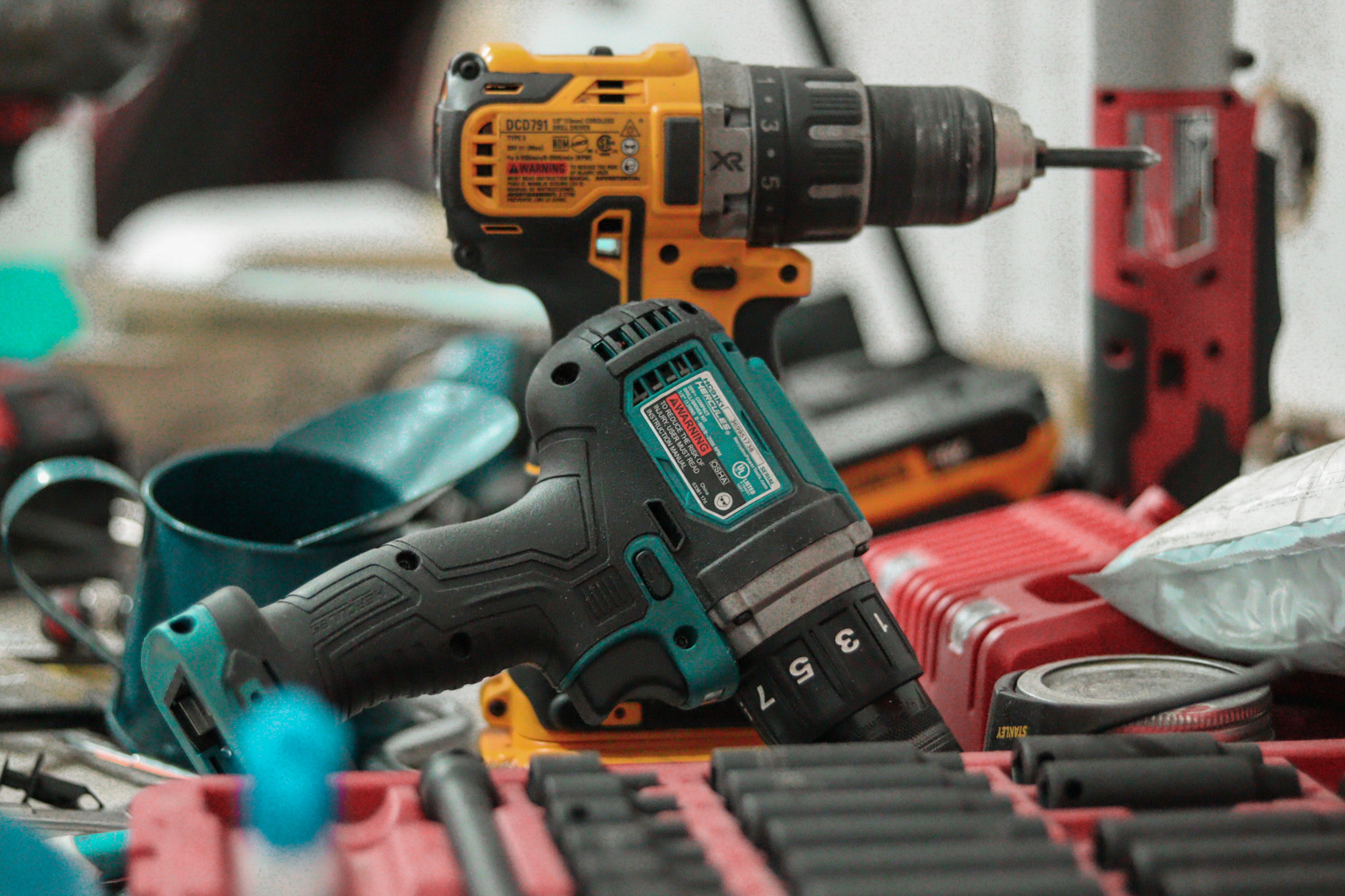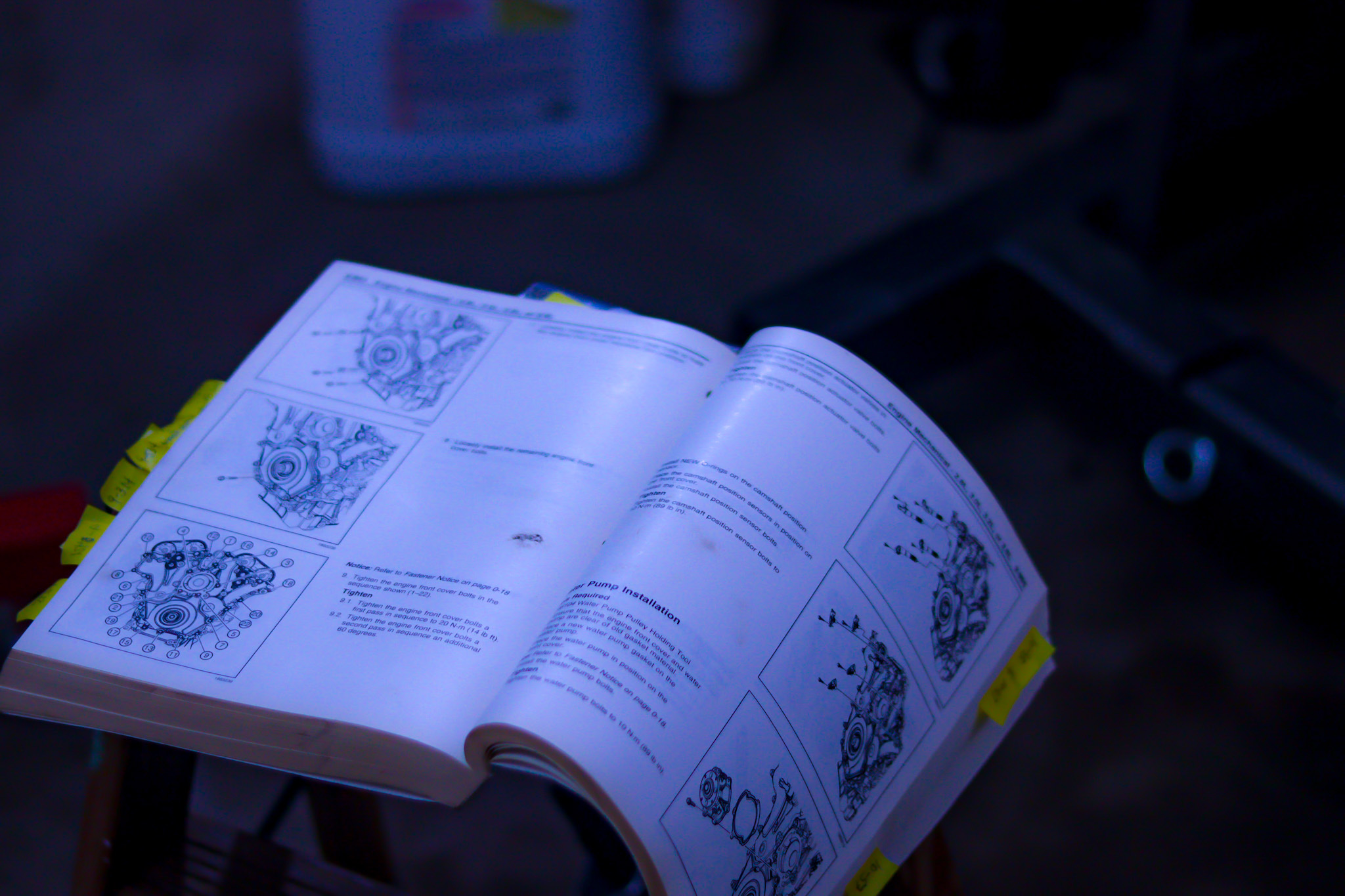How to Deal with Mistakes
Wrenching on your car would be all good if it weren’t for mistakes. The difference between a daily driver and a new addition to the salvage yard is your ability to recover from mistakes. It’s unlikely that you will never make a mistake, so if you are going to make major car repairs, you will be well served learning how to recover from mistakes. Common DIY mistakes can be broken down into two categories: parts problems and tool problems.

How to Find and Fix a Part
Parts problems can happen when a part breaks, when you must wait for replacement parts, or when you order the wrong part. They also involve finding the right part in the first place. For example, In our engine swap, we were working on a GM car that has been discontinued. We had to identify the similar car that they were still manufacturing. In our case, we found an identical substitute, and ordered parts accordingly. You might need to do some research to find the appropriate parts—ie., google. Breaking a part means carefully removing the broken part and then replacing it. This may also require special tools. YouTube is a good resource for fixing broken car parts. To replace your broken part, you can look for it locally, or order it online. Your repair may be delayed if you order your part online and must wait for it. What if you ordered the wrong part and then waited for it? Then you are held up twice as long. Carefully research the part you are replacing in order to avoid this issue. You also must take care when shopping locally to make sure you bring home the proper part.Which Tool is the Right for the Job?
Tool problems can either involve the wrong tool, or a tool breaking by itself.
There’s such a thing as an aftermarket tool and a recommended tool. There’s also such a thing as an inappropriate tool. Aftermarket tools may be appropriate in certain circumstances, but sometimes you need the recommended tool. Read the manual to see which you need in this circumstance. Our videos will give you the manual recommendations.
A truly inappropriate tool would be a screwdriver when you need a ratchet. A hammer doesn’t belong under the hood ever. But if the task calls for a rubber hammer, make sure you don’t grab the wrong kind by mistake.
If you are tightening a bolt incorrectly, you can break the bolt, or the tool. Is it because you are using a weak or cheap aftermarket tool, or is it because you didn’t read the spec’s properly in the manual? The manual can be the answer to both of these questions. See what tools and spec’s they recommend to solve your problem. What if you break a part by using the wrong tool? Then you must carefully remove and replace that broken part. None of these is a catastrophic problem.

What About the Manual?
We’ve recommended consulting the manual a few times already. What if you don’t understand what the manual is saying? The Internet is a treasure trove of information. You can search for your problem until you understand what to do with your car.
If the manual gives conflicting directions, you can google your issue, and watch YouTube to get on the right track. You don’t want to learn that the hard way. Don’t let mistakes stop you from completing your goal.
There is Help
Recovering from mistakes is empowering when wrenching your car. Breaking mistakes into categories and then tackling them is a good approach.
We can help you through this process. We have completed an engine swap in our own garage. We taped the whole process in sparkling, indexed video. We used first and third person views, and you can choose which one would be more helpful to follow. You can order this video now.
